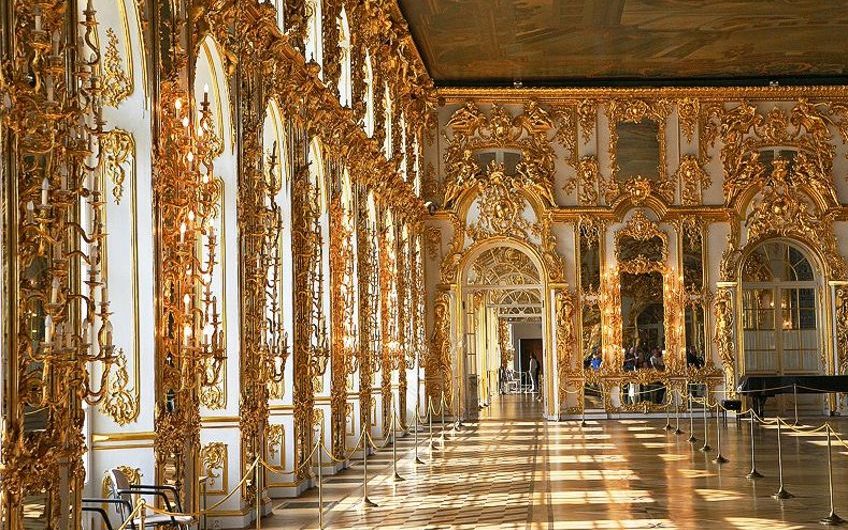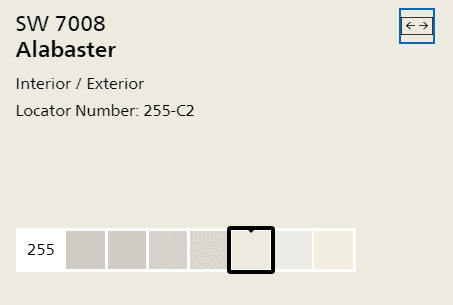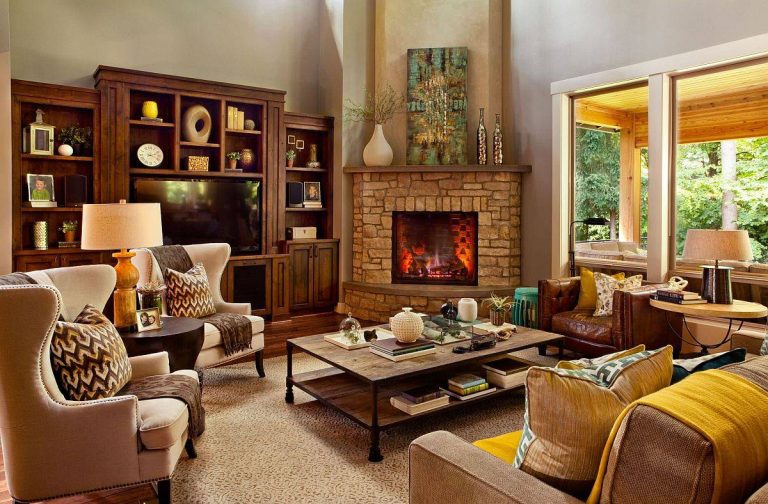Rococo Architecture with Characteristics & Examples

Have you ever come across buildings that look like they just stepped out of a fairy tale? Well, prepare to get a surprise as we find the attractive wonders of rococo architecture. Consider involved sculptures, twist patterns, and lovely little angels all dancing together in perfect peace on a building exterior.
What about their Characteristics? Oh, they got a lot of them: rounded lines, pastel colors, and lots of twisted details. Rococo architects loved to surprise people with their designs, giving a building a playful wink or a naughty smile. We’ll take you through some eye-popping examples of Rococo-style architecture, from inspiring palaces to churches.
Let yourself be happy with the pure beauty and cheerful vibes of architecture. Trust us; you won’t want to miss this delightful adventure. Let’s go!
What is Rococo Architecture?

Rococo-style architecture is a beautiful and great way that started in the early 18th century and became popular all over Europe at that time. It reacted to the big and formal Baroque architecture, preferring a more joyful and delicate look. The main features of Rococo are its neat decorations, uneven designs, and soft pastel colors. It aimed to create a feeling of grace,trend, and shine. The variety often included foam patterns, flower designs, detailed artwork, and evenRococo Patterned Rugs, showing the talents of craftsmen and artists. The rococo was particularly focused on the insides of buildings.
Palaces and large houses were filled with sharply decorated rooms, stucco work, and gold accents, creating a feeling of luxury and good taste. Starting in France, the Rococo model quickly spread to other countries like Germany, Austria, and Italy. It was liked by rich people and the growing middle class, showing the changing culture and society of that time. Even though architecture later gave way to the simpler Neoclassical type. Its influence can still be seen in various art forms. The legacy of Rococo architecture shows the fine attraction and luxury that defined a high time in European history.
Key Characteristics of Rococo Architecture
1. Asymmetry

Rococo is famous for its graceful and lively designs that aren’t perfectly balanced. Unlike the older kind with strict balance, Rococo buildings envelop uneven shapes, making them look lively and fun. You can notice this unevenness in how the front of the buildings, windows, and decorative parts are laid out. It allowed architects to be more creative and add a delightfultouch to their creations. Using asymmetry, such as Asymmetrical Picture Frames in Rococo architecture, shows the preference for natural beauty and a move away from the formal and orderly designs of the past.
2. Ornamentation

Rococo is all about showy decorations. Buildings were adorned withtwisted designs inside and out, such as pretty flowers, curvy patterns, shell shapes, and nature-inspired elements. Skilled craftsmen put everything together to make the buildings look fair and luxurious. The aim was to create amodish and rich feeling that invited the pure tastes of wealthy people back then. This overflow of decoration made architecture different from the simpler ways that came before it.
3. Pastel Colors

The rococo used soft and light colors like pale pink, soft blues, mint greens, and light yellows. These gentle colors were painted on walls and inside spaces, making Rococo rooms feel dreamy and airy. The pastel colors made everything look unreal and differed from the strong and brave colors used in earlier architectural forms. People who liked Rococo architecture preferred these soft shades because they made the buildings look artistic and impressive, adding to the attractive feeling.
4. Playful Motifs

This architecture was all about being playful and light-hearted. They used fun and imaginative designs such as angels, cupids, flowers, leaves, and fairy tale creatures in sculptures and decorations. These fantastic touches made things feel like a fantasy world full of joy. The buildings also looked romantic and fair, standing out from the serious and formal styles of the past. Rococo architecture celebrated happiness and the lighter side of life, which was a nice change from the heavy and serious sort that came before it.
5. Intimate Spaces

Rococo is known for creating small, cozy, andinviting spaces that make you feel comfortable and relaxed. These places can be found in large palaces and buildings. They use soft colors, decorations, and curved lines to make the rooms feel inviting. The intimate spaces were meant for private gatherings, fun activities, or quiet time alone. They were often decorated with lovely wall hangings, modish furniture, and delicate artwork. These areas provided a peaceful escape from the grandness of the bigger spaces in Rococo Architecture.
6. Grand Staircases

Big, impressive staircases in Rococo architecture are designed to amaze visitors with their trendy and beautiful appearance. They have sweeping curves, detailed railings, and lavish decorations. You can usually find them in the main entrance of palaces, where they become the main focus, showing off the wealth and power of the rulers. The area around them is decorated withlights, paintings, and statues, making these staircases even more splendid to look at.
7. Curvilinear Forms

Rococo is known for using lots of curvy shapes, which were different from the straight lines of older modes. These curves made buildings look more flowing and graceful. The outside of Rococo architecture had wavy lines, and inside, there were arched ceilings and curved walls. By using uneven and flowing lines, Rococo’s design became fun and jolly. This change from the balanced and symmetrical ways before allowed architects to make more natural and interesting buildings.
8. Rocaille

The rococo is named after the French word “rocaille,” which means rocks or shells. This method used artistic patterns inspired by seashells, rocks, and plants in its buildings. These designs were used to decorate the inside and outside of buildings and furniture. Carvings with these sharp patterns were placed on ceilings, doorways, and moldings, creating a magical andwonderful feeling. The delicate and joyful nature of these decorations showed how Rococo architecture focused on fun andpleasant designs.
9. Playful and Charming

Architecture is all about being playful andinviting. This form celebrates happiness and enjoyment. Rococo buildings were designed to make people happy, with fun decorations, light-hearted sculptures, and funny designs. The main goal was to make visitors feel amazed and joyful, a break from the importance of earlier architectural ways. The use of bright colors, lots of decorations, and delightful surprises all added to the lovely atmosphere of Rococo architecture.
10. Palace Gardens

In Rococo palace, gardens played a huge part in making the buildings look even more pleasing. These gardens were carefully designed to connect with the inside of the buildings, blending well with the architecture. Rococo gardens had curved paths, pretty bridges, fountains, and sculptures, all surrounded by green plants. Bringing nature into the design made everything feel calm and balanced. The palace gardens became places for relaxing walks, outdoor get-togethers, and fun activities, adding a peaceful setting to the lively Rococo architecture.
Examples of Rococo Architecture
1. Amalienburg Palace

Amalienburg Palace is a lovely example of Rococo architecture in Munich, Germany. It was built in the 18th century as a hunting lodge and private getaway for Bavarian rulers. The palace’s design is simple and inspired by nature, with soft colors, flower patterns, and a light atmosphere. Inside, there are aesthetic decorations made of plaster, pretty paintings on the walls, andattractive porcelain ornaments. The Hall of Mirrors is especially impressive, with its amazing play of light and reflections. Amalienburg Palace perfectly captures the fun and trend of Rococo sort.
2. Catherine Palace

Catherine Palace is an amazing example of impressive architecture near Saint Petersburg, Russia. It was built in the early 18th century and got a huge makeover during Empress Elizabeth’s time. The outside looks lovely with blue color and pretty gold details. Inside, the Grand Hall is stunning, with lots of gold decorations, mirrors, and crystal chandeliers that impress visitors. One of the best parts is the Amber Room, with walls covered in amber panels and sharp carvings. Catherine Palace shows how rich and grand the Russian monarchs lived. It’s a symbol of their smart lifestyle and power.
3. Branicki Palace

Branicki Palace is a stunning place in Białystok, Poland. It was built in the 18th century for Count Jan Klemens Branicki. The palace has an artistic Rococo type with sculptures and stucco decorations on the outside. Inside, there are trendy rooms, big ballrooms, and pretty chambers. The Mirror Room is extra special with its shiny mirrors and fashionable decorations. The Rococo architecture is surrounded by large gardens that add to its beauty and match perfectly. Branicki Palace is a good example of the fancy and classy Rococo trend.
4. Residence Wurzburg

The Residence Wurzburg, located in Wurzburg, Germany, is a breathtaking example of Bavarian baroque architecture. It was built in the 18th century and is now a UNESCO World Heritage Site. This beautiful palace has amazing interiors, twisted paintings, and fancy designs. It took about 60 years to finish, and many famous architects, like Balthasar Neumann, helped build it. The most impressive part of the palace is the Imperial Hall, a stunning room with fancy decorations and paintings on the ceiling. The Court Chapel is also very special, with its beautiful artwork and religious scenes. The palace is surrounded by peaceful gardens designed by Johann Prokop Mayer.
5. Chantilly Palace

Chantilly Palace is a beautiful example of Rococo architecture. It’s in Chantilly, France. The palace was built in the 16th century and later changed in the 18th century to look the Rococo way. The outside of the palace is nice with its curves, pillars, and decorations. Inside, there are lovely rooms, the Gallery of Painting with pretty stucco and paintings, and the Grand Cabinet with detailed woodwork. The gardens around the palace are also stunning and show the Rococo style’s love for peace and nature. Chantilly Palace is a real treasure that shows the grace andfashion of the Rococo era.
Conclusion
And there you have it, people! Rococo-style architecture is a classical way of building stuff. We talked about some examples, like the Branicki Palace and the Chantilly Palace.
So, what makes Rococo tick? Well, it’s all about being light and playful; Rococo architecture flourished in Europe, leaving behind a result of remarkable structures that continue to inspire and admiration to this day. It’s like the architects said, “Let’s forget about being serious for a moment and have some fun with this building art!”
But wait, there’s more. Rococo also loves nature, so you’ll find many flowery and leafy designs. So, next time you visit a fancy-pants palace or a cute-as-a-button church, keep an eye out for those Rococo vibes. You’ll know it when you see all those frills, pastels, and nature-inspired touches. So long, Rococo Architecture.
Thanks for the laughs and the beauty. Now you truly know how to make an entrance.
Frequently Asked Questions
What Other Art Forms Were Influenced by The Rococo Style?
Rococo had a big influence on more than just buildings. It also affected art, sculptures, furniture design, and even fashion.
What is the Difference Between Rococo and Baroque Architecture?
Baroque architecture is modish and grand, designed to impress and make people feel amazed.
What Led to The Decline of The Rococo Quality?
The rise of Neoclassicism and changes in politics and society caused Rococo architecture to become less popular.
Are There Any Notable Rococo-Style Buildings Outside of Europe?
Sure! Some buildings with Rococo can be found in former European colonies, especially in South America and India.
What Are Some Contemporary Architectural Ways Influenced by Rococo?
You can see a bit of Rococo kind in the design of fancy hotels, theaters, and posh restaurants. They want to create a luxurious and grand feeling.






